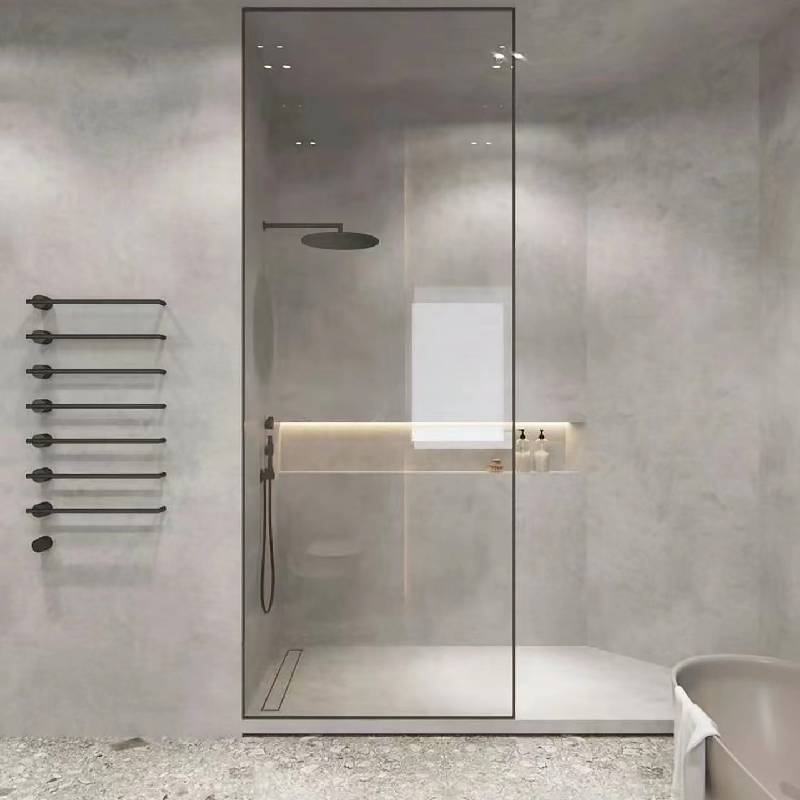

Understanding Low E-Value Glass A Breakthrough in Energy Efficiency
In the modern world, where energy conservation and environmental sustainability have become paramount, low E-value (emissivity) glass has emerged as an innovative solution for improved thermal performance in buildings. This specialized type of glazing plays a crucial role in enhancing the energy efficiency of structures, making it an increasingly popular choice among architects, builders, and homeowners alike.
What is Low E-Value Glass?
Low E-value glass is coated with a microscopically thin layer of metal or metallic oxide, which significantly reduces the amount of infrared and ultraviolet light that can pass through it. This coating allows visible light to enter while reflecting heat back into the building during the winter and keeping it out during the summer. As a result, it minimizes the reliance on artificial heating and cooling systems, leading to reduced energy consumption and lowered utility bills.
The Science Behind Low E-Value Glass
The effectiveness of low E-value glass lies in its emissivity, which measures a material's ability to emit energy as thermal radiation. The lower the emissivity, the less heat escapes through the glass. Standard glass typically has a higher emissivity, allowing heat to flow freely in and out. In contrast, low E-glass can have an emissivity of less than 0.1, meaning it reflects much of the heat back into the space it is intended to protect or maintain temperature.
By utilizing low E-value glass in windows and facades, buildings can achieve a significant reduction in heat loss during colder months and minimize heat gain in the summer. This not only contributes to a more comfortable indoor environment but also extends the lifespan of heating and air conditioning systems, as they are not overworked.
Benefits of Low E-Value Glass

1. Energy Efficiency The primary advantage of low E-value glass is its ability to improve a building's energy efficiency. By decreasing the need for heating and cooling, it can lower energy bills significantly.
2. Climate Control Low E-glass helps maintain a more stable indoor climate, reducing the fluctuation of temperatures and enhancing comfort levels in various weather conditions.
3. UV Protection Besides thermal control, low E-value glass blocks a substantial amount of harmful ultraviolet rays, protecting furniture, artwork, and flooring from fading and damage.
4. Environmental Impact By consuming less energy for heating and cooling, low E-value glass contributes to reduced greenhouse gas emissions, making it a more environmentally friendly choice.
5. Aesthetic Appeal Despite its energy-efficient properties, low E-value glass does not compromise on aesthetics. It is available in various styles and can be treated to enhance clarity, maintaining the visual appeal of buildings.
Conclusion
As energy efficiency continues to be a critical focus in architectural design and construction, low E-value glass stands out as a revolutionary material that marries functionality with sustainability. Its unique properties ensure a comfortable living and working environment while being kind to the planet. As the demand for energy-efficient solutions grows, investing in low E-value glass will undoubtedly bear fruit, both economically and environmentally, in the years to come. Embracing this technology is not just a step towards modern architecture; it is a commitment to a sustainable future.